Introduction
Neuropathic pain, a complex and often debilitating condition, presents significant challenges in both diagnosis and management. Researchers and clinicians constantly seek reliable tools to accurately identify and assess this type of pain. Consequently, the Douleur Neuropathique 4 Questionnaire (DN4 Questionnaire) has emerged as a gold-standard instrument for screening neuropathic pain.
Since its publication in 2005, the DN4 has garnered over 3,000 citations on Google Scholar, underscoring its widespread acceptance and utility in the scientific community. This article delves into the key features, applications, and insights of the DN4, providing essential information for researchers and authors of scientific studies.
Key Features of the DN4 Questionnaire
Purpose and Use of DN4 Questionnaire
The DN4 questionnaire, developed by a collaborative group of experts including Didier Bouhassira and Nadine Attal, offers a streamlined yet comprehensive approach to neuropathic pain assessment. It is primarily designed for screening neuropathic pain.
Target Population
The DN4 is validated for use in adults aged 18 years and above, encompassing:
- young adults (18–24).
- middle-aged adults (25–44).
- older adults (45–64).
- seniors (65+).
Structure
The DN4 is primarily designed for screening neuropathic pain. It comprises 10 items, expertly combining subjective patient reports with objective clinical observations. Specifically, 7 interview-based questions focus on sensory symptoms like burning sensations or electric shocks, while 3 clinical examination items assess hypoesthesia and allodynia. This dual approach enhances diagnostic accuracy.
Scoring Method of DN4 Questionnaire
The DN4 employs a binary scoring method: “Yes” responses are scored as 1, and “No” responses as 0. The total score ranges from 0 to 10. A crucial aspect of its interpretation is the cut-off score; a score of 4 or greater strongly suggests the presence of neuropathic pain. This clear threshold simplifies clinical decision-making and data analysis for researchers.
Administration Format and Time
Its administration is highly efficient, typically taking less than 5 minutes to complete. This brevity makes it particularly suitable for busy clinical settings. While some self-report measures exist, the DN4 requires an interview format, often in-person, which facilitates a thorough assessment by a trained professional. It is widely used globally in clinical and research settings and requires examiner for physical component.
Applications of the DN4 Questionnaire
The DN4 serves multiple vital functions in both clinical practice and research settings.
Enhancing Clinical Practice
In clinical settings, the DN4 is an invaluable tool for screening and diagnosing neuropathic pain. Its structured approach helps clinicians systematically evaluate patient symptoms and signs, leading to more accurate diagnoses and subsequently, more targeted treatment planning. Furthermore, its simplicity allows for efficient integration into routine patient assessments.
Driving Research Forward
For researchers, the DN4 is a fundamental instrument in studies investigating neuropathic pain. It provides a standardized measure, facilitating comparisons across different studies and populations. Its use in clinical trials, for instance, allows for objective assessment of treatment efficacy on neuropathic pain symptoms. This standardization is crucial for generating robust evidence in pain research.
Languages and Availability
The DN4’s utility is significantly enhanced by its availability in numerous languages. Researchers can access the questionnaire in:
- Arabic
- English
- Mandarin Chinese.
- Spanish
- French
- Russian
- German
As well as Portuguese, Japanese, Hindi, Italian, Turkish, Farsi, and Korean, among others. This extensive translation ensures its applicability in diverse global research and clinical contexts.
Reliability and Validity
The DN4 is recognized for its high reliability and validity in identifying neuropathic pain. While the original validation study by Bouhassira et al. (2005) did not report Cronbach’s alpha values, subsequent validation studies across various language versions have demonstrated good internal consistency, with alpha coefficient of 0.8. This robust validation underpins its credibility in both clinical and research environments. For further insights into its validation, key studies are readily available.
Limitations and Considerations
Despite its strengths, the DN4, however, has a few limitations:
- Self-report measure: While it includes a clinical examination, some components rely on patient self-report, which can introduce subjective bias.
- Requires clinical examination: The need for a clinician to perform the physical component might limit its use in settings without trained personnel.
- Limited sensitivity to change: The questionnaire may not fully capture subtle changes in neuropathic pain over time.
- Narrow Focus: (Limited Domains Covered) The DN4 primarily focuses on neuropathic pain, which means it may not cover broader pain aspects or related conditions.
- Age Restrictions: (Not Suitable for All Age Groups) The tool is suitable for adults, thus limiting its direct application to pediatric populations.
Related Questionnaires
Several other questionnaires complement or are similar to the DN4 in neuropathic pain assessment, including the PainDETECT Questionnaire and the Leeds Assessment of Neuropathic Symptoms and Signs (LANSS). Each offers unique perspectives, and researchers often choose based on specific study objectives.
Other Versions
It is worth noting that an interview-only version, the DN4-I, also exists, providing flexibility depending on the clinical or research context. This adaptability further enhances the DN4’s utility.
Additional Resources
For further exploration, consider these resources:
- A direct link to the Original Validation Study.
- You can access the questionnaire as a PDF.
- For inquiries, contact Didier Bouhassira, corresponding author of the questionnaire: didier.bouhassira@apr.ap-hop-paris.fr
- For additional resources regarding the DN4, consult related studies.
Frequently Asked Questions (FAQ)
- Who can use the DN4?
Clinicians and researchers use the DN4 for adults aged 18 and older to screen for neuropathic pain.
- How long does it take to complete the DN4?
Patients and clinicians typically take less than 5 minutes to complete the DN4, which makes it feasible for use in clinical and research settings.
- How is the DN4 administered?
The DN4 is administered through an interview, which includes both patient-reported symptoms and a clinical examination component.
- Is there any cost to using the DN4?
The DN4 is free for use.
A word from ResRef about DN4 Questionnaire
The DN4 is a gold-standard tool for neuropathic pain screening, particularly useful in neurology, pain clinics, and research. While it requires a clinician’s input, its high accuracy and simplicity make it a preferred choice over purely patient-reported tools.
References
- Bouhassira, Didiera,*; Attal, Nadinea; Alchaar, Haielb; Boureau, Françoisc; Brochet, Brunod; Bruxelle, Jeane; Cunin, Gérardf; Fermanian, Jacquesg; Ginies, Patrickh; Grun-Overdyking, Auréliei; Jafari-Schluep, Hélènei; Lantéri-Minet, Michelb; Laurent, Bernardj; Mick, Gérardk; Serrie, Alainf; Valade, Dominiquef; Vicaut, Ericl. Comparison of pain syndromes associated with nervous or somatic lesions and development of a new neuropathic pain diagnostic questionnaire (DN4). Pain 114(1):p 29-36, March 2005. | DOI: 10.1016/j.pain.2004.12.010. Study link.
- Perez, C., Galvez, R., Huelbes, S. et al.Validity and reliability of the Spanish version of the DN4 (Douleur Neuropathique 4 questions) questionnaire for differential diagnosis of pain syndromes associated to a neuropathic or somatic component. Health Qual Life Outcomes 5, 66 (2007). Study link.
- Santos JG, Brito JO, de Andrade DC, Kaziyama VM, Ferreira KA, Souza I, Teixeira MJ, Bouhassira D, Baptista AF. Translation to Portuguese and validation of the Douleur Neuropathique 4 questionnaire. J Pain. 2010 May;11(5):484-90. doi: 10.1016/j.jpain.2009.09.014. Epub 2009 Dec 16. PMID: 20015708.


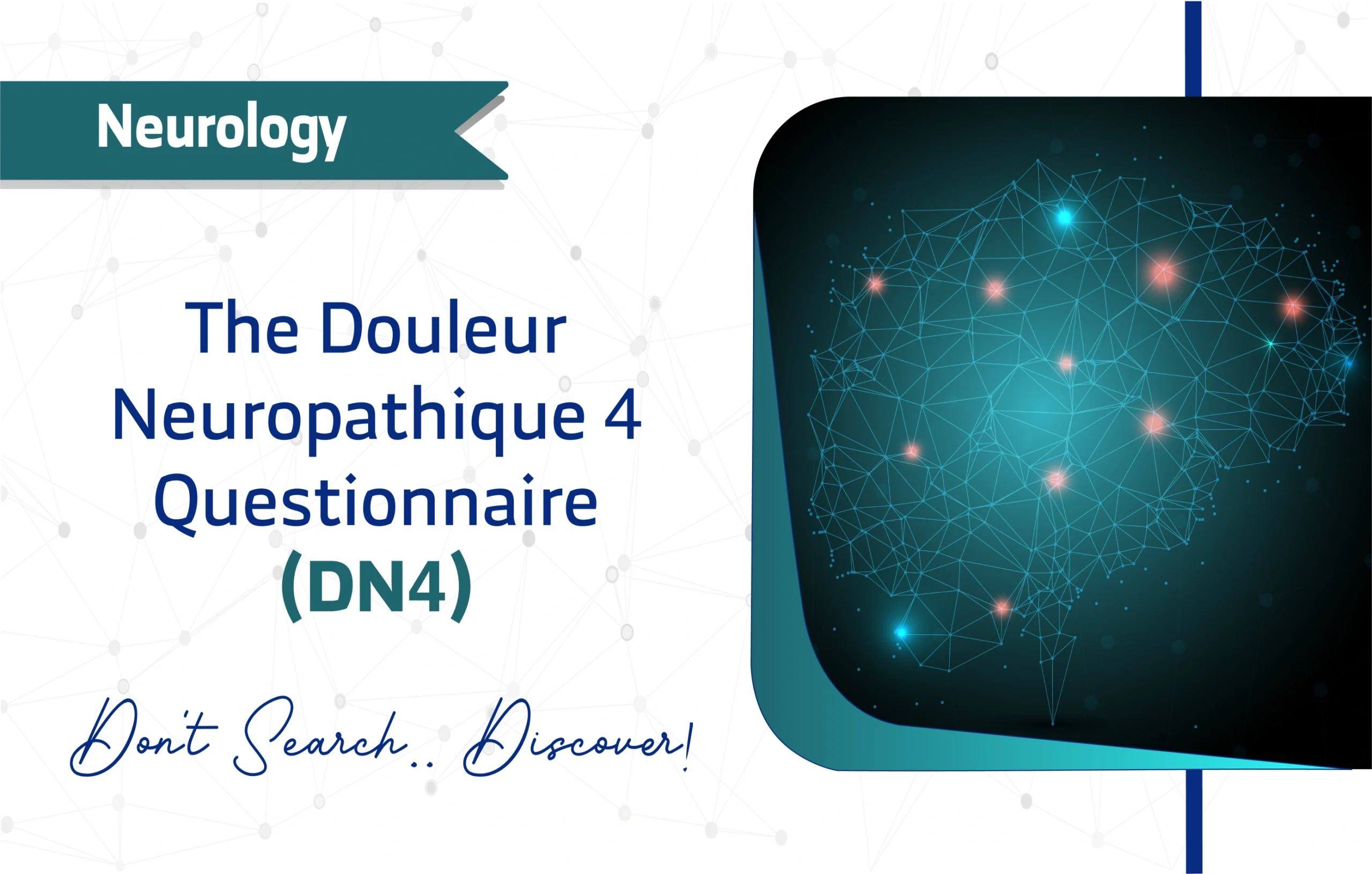

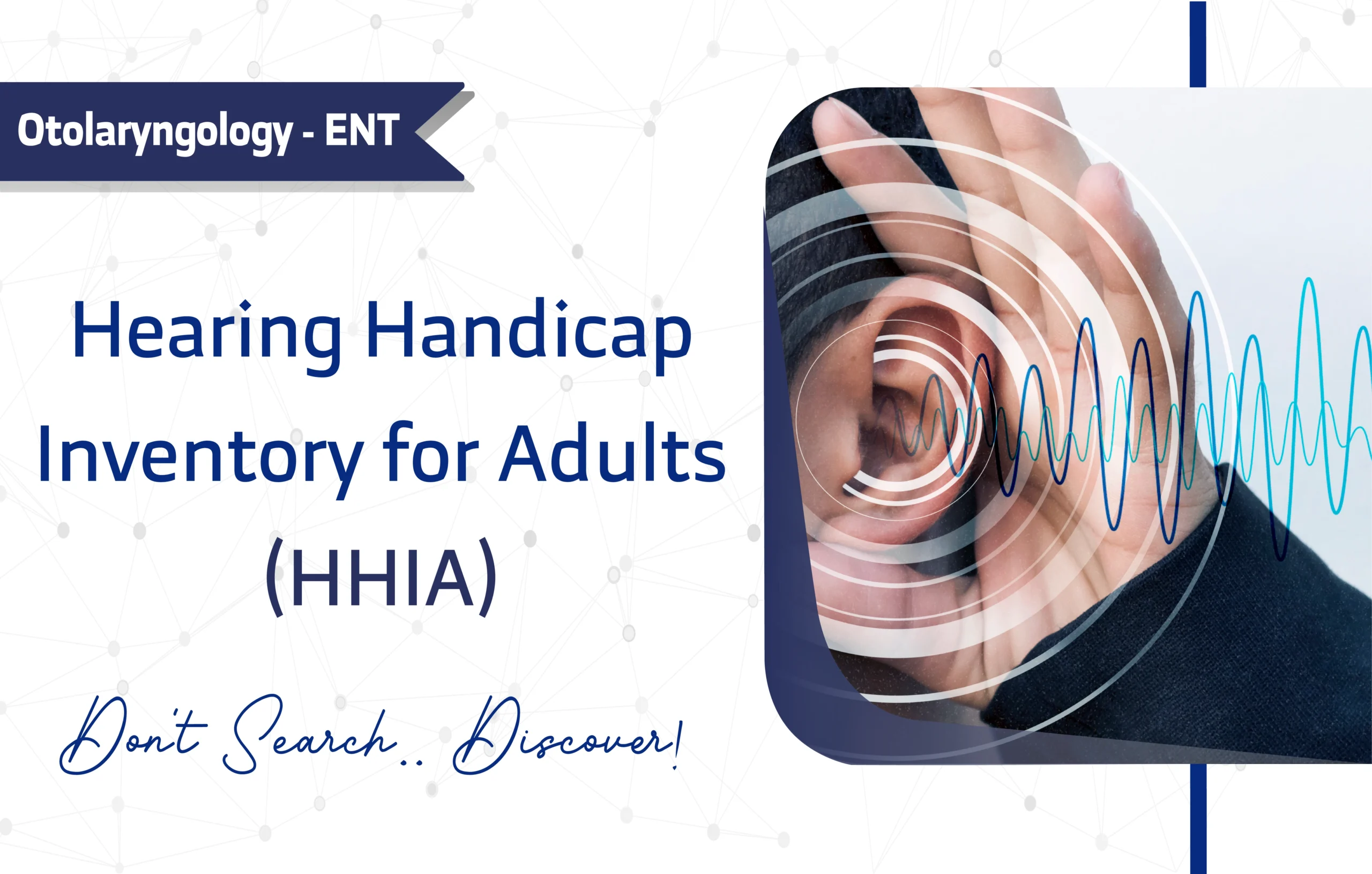
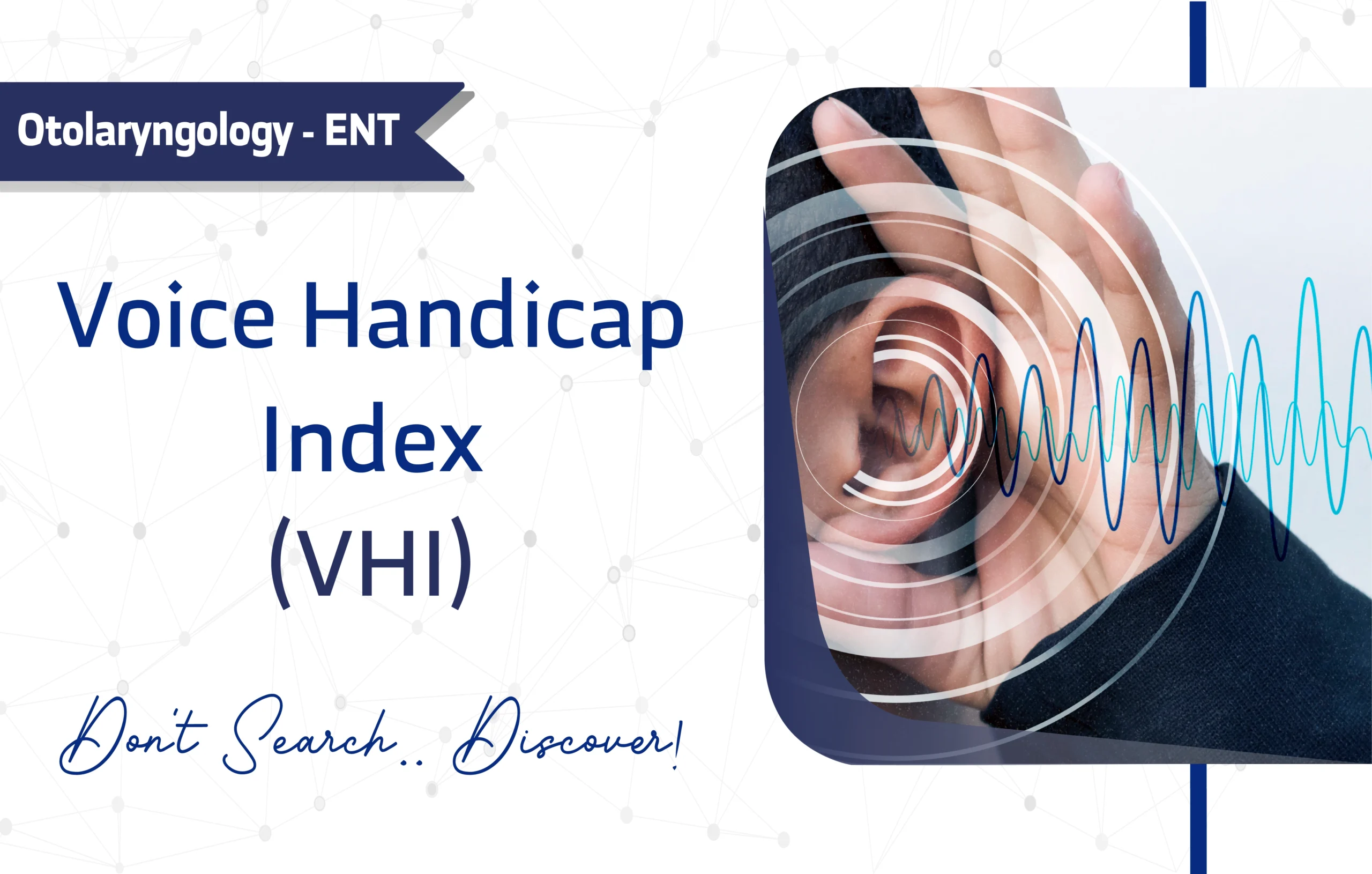
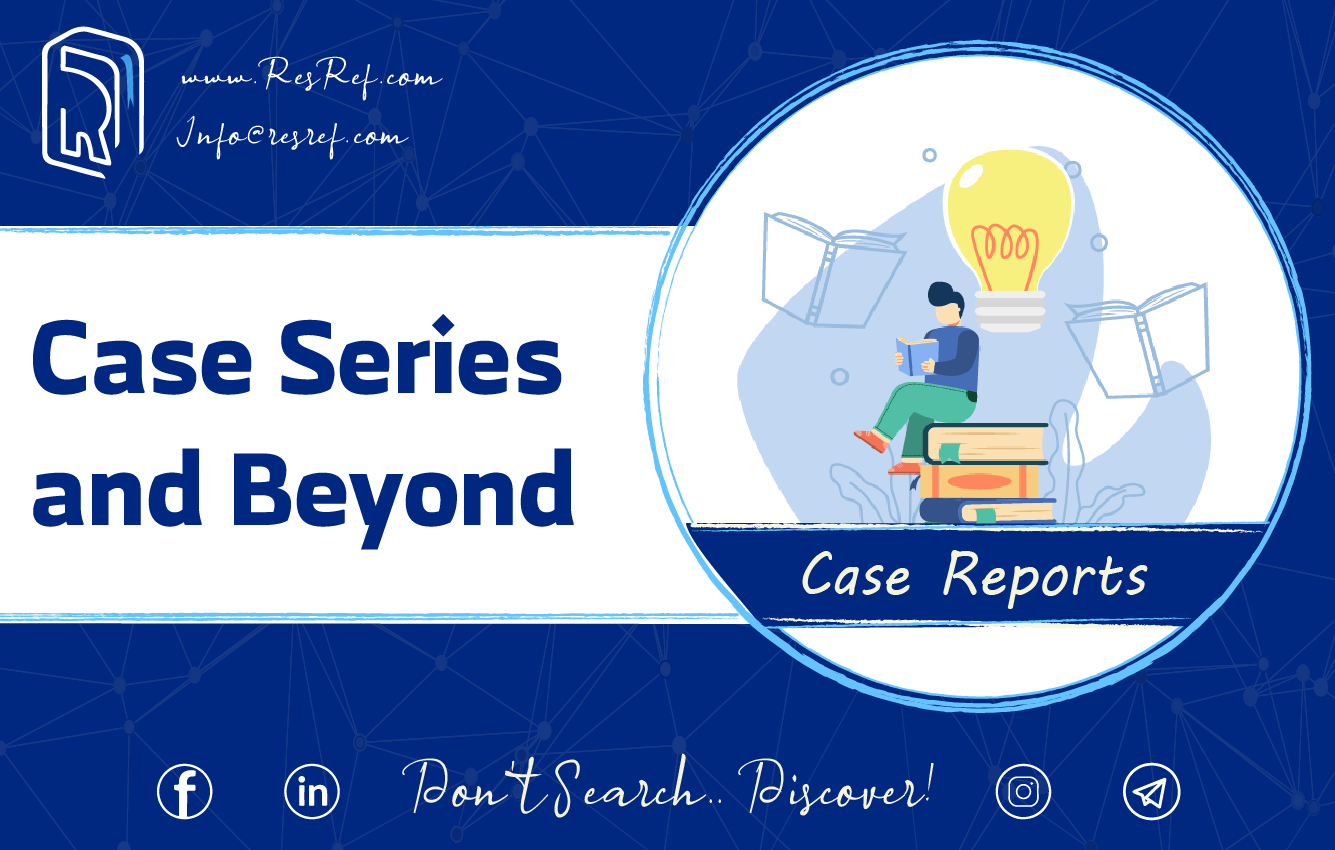
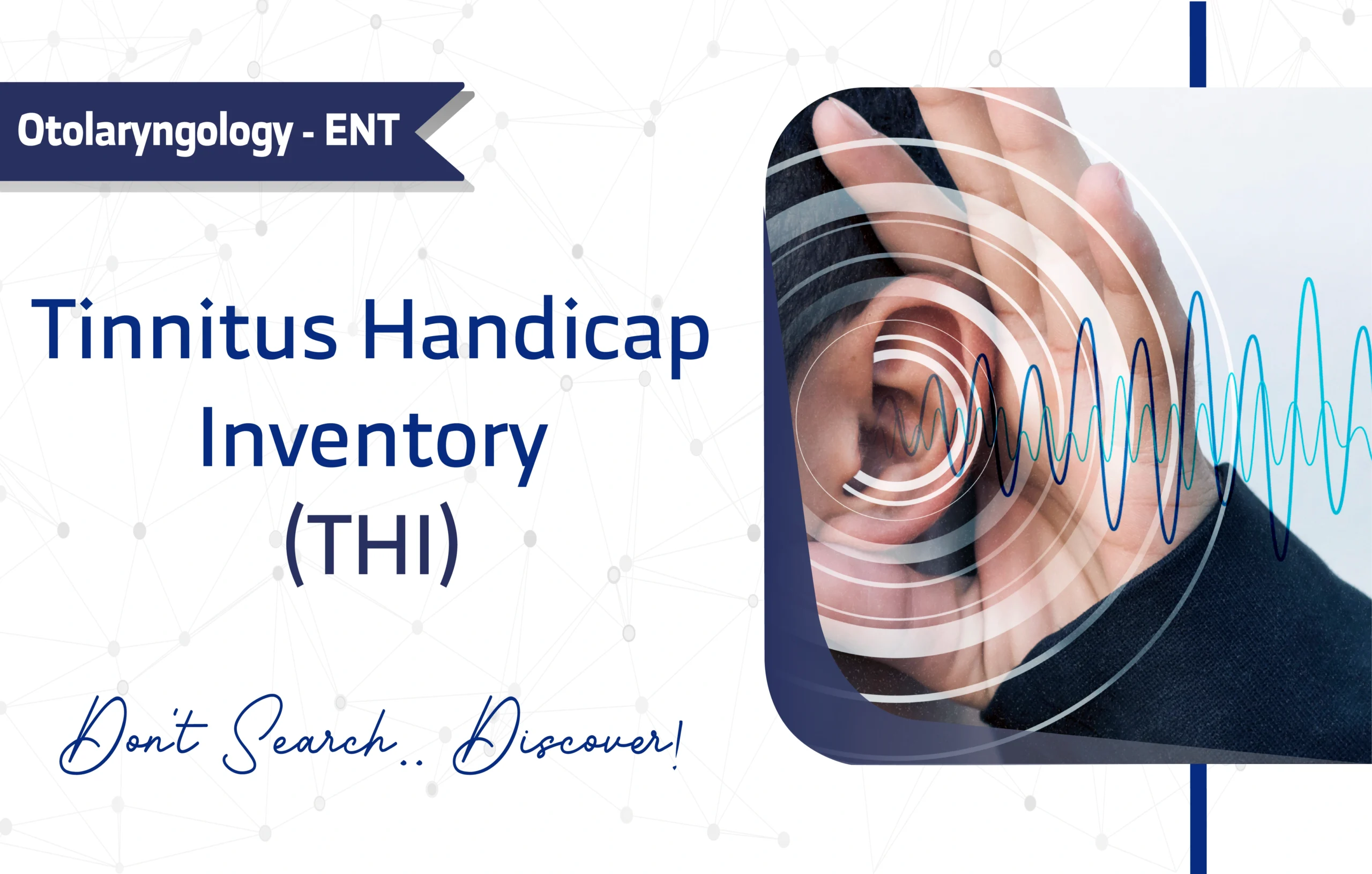
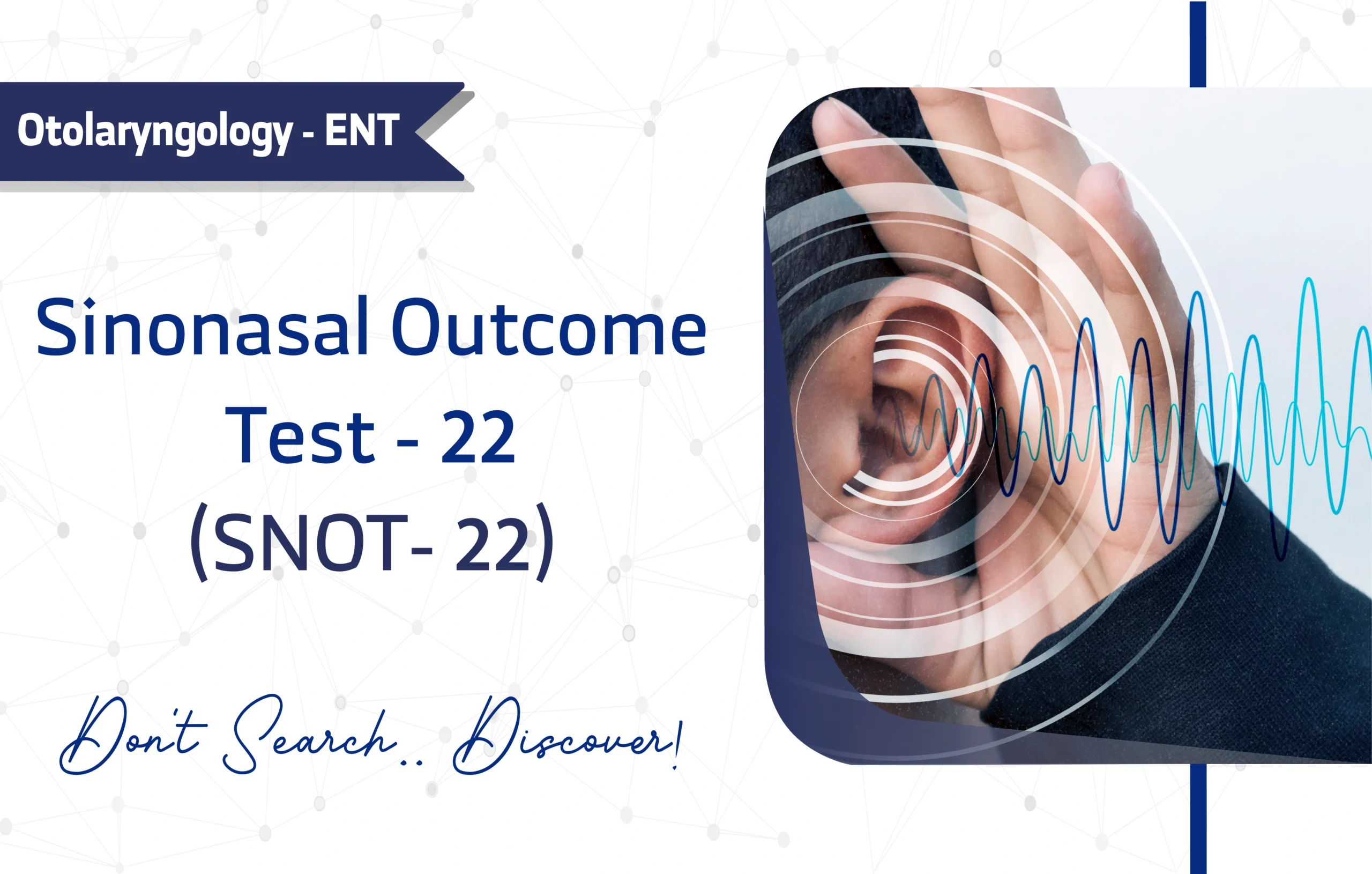
1 thought on “The Douleur Neuropathique 4 Questionnaire (DN4): A Full Guide to Neuropathic Pain Assessment”
It’s actually a nice and useful piece of info. I’m glad that you shared this helpful information with us. Please keep us informed like this. Thanks for sharing.